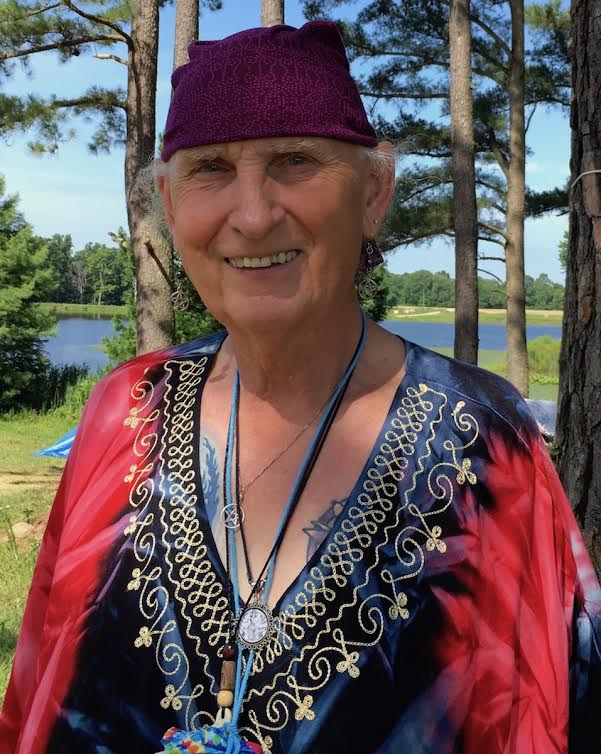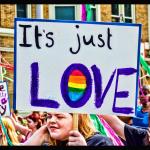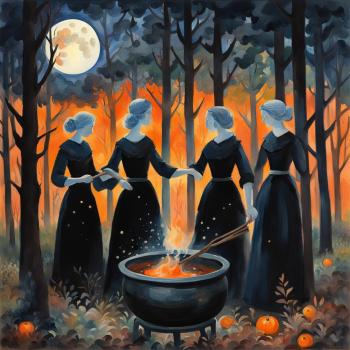On June 28, 1969, in the very early morning hours, a police raid descended on the Stonewall Inn in Greenwich Village, New York City. What happened then, later called the Stonewall Riots, was when mostly poor drag queens, transgender people, effeminate men, butch lesbians, male prostitutes and homeless gay people said “enough is enough”. This was the start of the modern fight for LGBT rights in America.
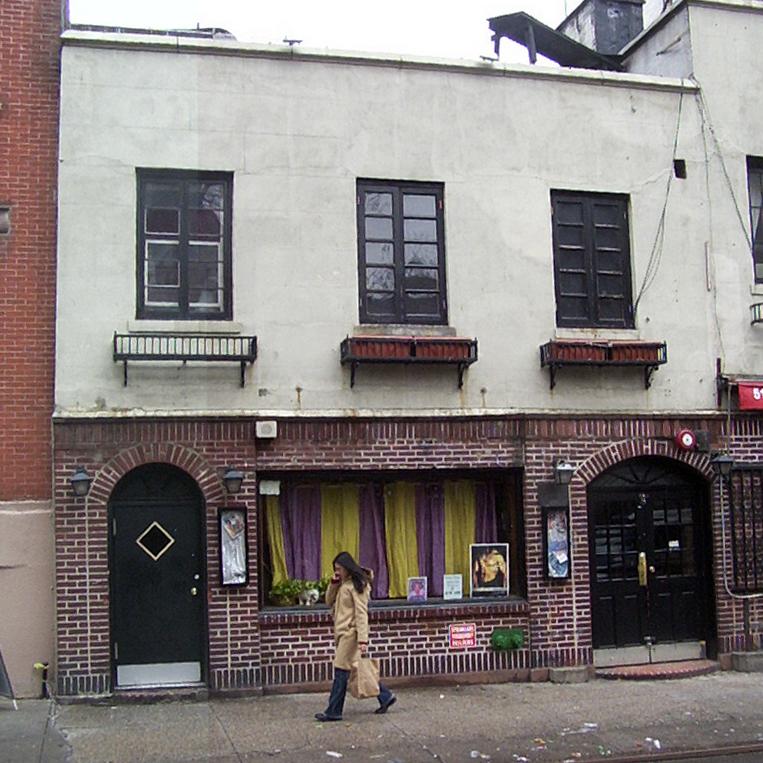
Back in the 1950’s and 60’s, there were very few places where openly gay people could go. Most of them were bars. Police raids were routine back then. Most of the patrons who went to these places were often poor, marginalized by society, and often homeless. And the police picked on them just because they could.
By the early 1960’s, Mayor Robert F. Wagner, Jr., started a campaign to rid New York City of all gay bars. He was concerned those bars would tarnish the reputation of the city, prior to the 1964 World’s Fair. Liquor licenses were revoked, police raids escalated, and lots of undercover police officers used entrapment techniques to arrest as many gay people as possible.
At that time the Stonewall Inn was owned and controlled by the Mafia. Specifically the Genovese crime family. They did not want, or need, the police presence from the four New York City Police Department precincts there. Since the inn didn’t have a liquor license, police collected weekly cash envelopes as payoffs from the owners. Although the Stonewall Inn wasn’t known for prostitution, there were drug sales and other “cash transactions” going on, along with dancing. Stonewall Inn was the only gay bar in New York City where gay men could dance with each other.
Around the same time, Greenwich Village was also home to many poets, among them Allen Ginsberg and William S. Burroughs. They wrote very blunt and honest articles about homosexuality. Their writings, along with other poets, who were called Beat poets, had attracted many sympathetic liberal people, as well as the homosexuals, who were all looking for community there. When all of this started, the support for the LGBT community grew. Nobody wanted all of this commotion in their combined community.
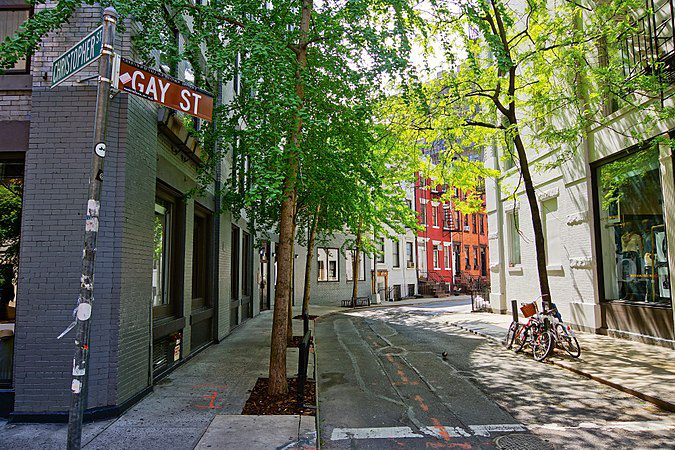
Normally, with all of the cash payoffs, the police would let the employees know when a raid was coming. In the early morning hours of June 28th, however, that didn’t happen. Four undercover policemen, two uniformed patrol officers, and two detectives arrived and said, “Police! We’re taking the place!” They had decided to close the Stonewall Inn permanently. Once inside, the police called for backup. At the time, there were over 200 people in the bar. The police turned off the music and and turned on the lights. They started to line the patrons up and check their identification. That night, men dressed as women refused to go with the officers. Other men refused to produce identification.
The police decided to take them all to the police station. People who tried to leave or escape couldn’t as the doors were barred. There were no other ways to escape. And the patrol wagons had not arrived. There were some who weren’t arrested, and were told to go outside and leave quickly, but they didn’t. Within minutes, with all the police activity and commotion, the crowd had grown to over 100 outside the inn, and growing larger every minute.
The police officers very quickly lost control of the situation. The next night, June 29th, there were over 500 openly gay and LGBT supporters who rallied out side the Stonewall Inn. The next few nights the crowd grew to over 1,000. When police tried to restrain the crowd, knocking them down, trying to handcuff some, the crowd got violent. It was spontaneous. It was the last straw. “Enough was enough” and there was no going backwards!
The Stonewall Inn had become their home, and they were ready to fight to keep it theirs. The police who had been inside the bar opened the doors, unholstered their guns, and confronted the crowd. As soon as they came outside, sirens and fire trucks arrived to put out the fire the crowd had started by lighting garbage and other stuff on fire. The Tactical Patrol Force of the New York City Police Department had also arrived to free the trapped police officers. The confrontation lasted about 45 minutes. By 4:00am or so, the streets had mostly been cleared. Thirteen people had been arrested, some of the crowd was hospitalized, and four police officers had been injured. Almost everything inside the Stonewall Inn was broken and burned.
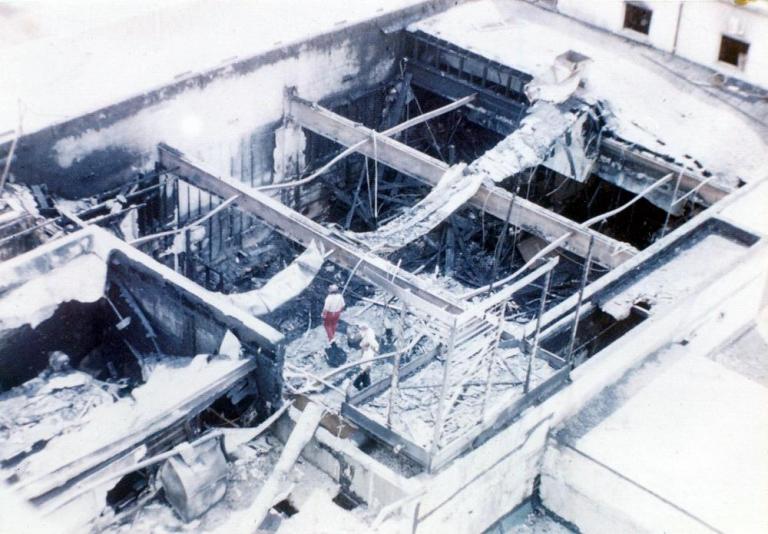
Within a few days, the Stonewall Inn was cleaned up a little and re-opened. There was an urgency suddenly to organize against oppression by the police and the city. With all the press coverage, and some continued violence, leaflets started to appear, some saying “Get the Mafia and the Cops out of Gay Bars.” It was time for the LGBT community to really organize and get more militant. And with the Vietnam War right around the corner, it was certainly time. Mayor Wagner had already lost his election to the new Mayor of New York City, John Lindsay, around the same time.
About six months after the Stonewall Riots, a citywide gay newspaper started publication. In December 1969 the Gay Activists Alliance (GAA) was started. It was stated in their constitution “We as liberated homosexual activists demand the freedom for expression of our dignity and value as human beings.” The GAA developed a confrontational technique called a zap. When politicians would have a public relations event, activists would be present and make their presence known by essentially forcing that politician to acknowledge gay, lesbian and transgender rights.
June 28, 1970 marked the first anniversary of the Stonewall riots called the Christopher Street Liberation Day. It was the very first Gay Pride march in U.S. history, with events happening at the same time in Los Angeles and Chicago. The next year Boston, Dallas, Milwaukee, London, Paris, West Berlin and Stockholm had Pride marches of their own. The New York City Pride march covered 51 blocks, from Christopher Street to Central Park. By 1972, there were eight more major cities participating in the United States, from coast to coast. What an achievement by our LGBT community coming together as a cohesive force!
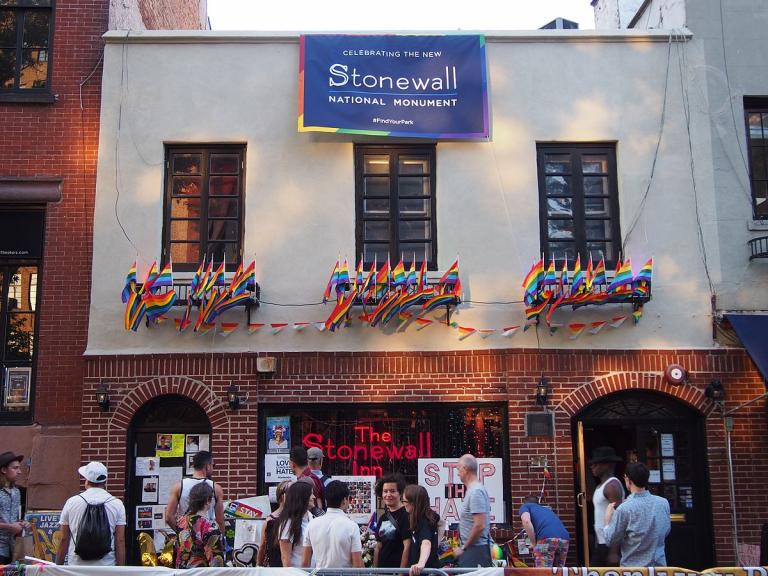
In June 1999, the U.S. Department of the Interior designated 51 and 53 Christopher Street and the immediate surrounding streets as a National Historic Landmark. This was the first of significance to the lesbian, gay and transgender community. To quote Department of the Interior Assistant Secretary John Berry: “Let it forever be remembered that here – on this spot – men and women stood proud, they stood fast, so that we may be who we are, we may work where we will, live where we choose and love whom our hearts desire.” The Stonewall Inn itself was named a National Historic Landmark in 2000. It’s located inside the Greenwich Village Historic District.
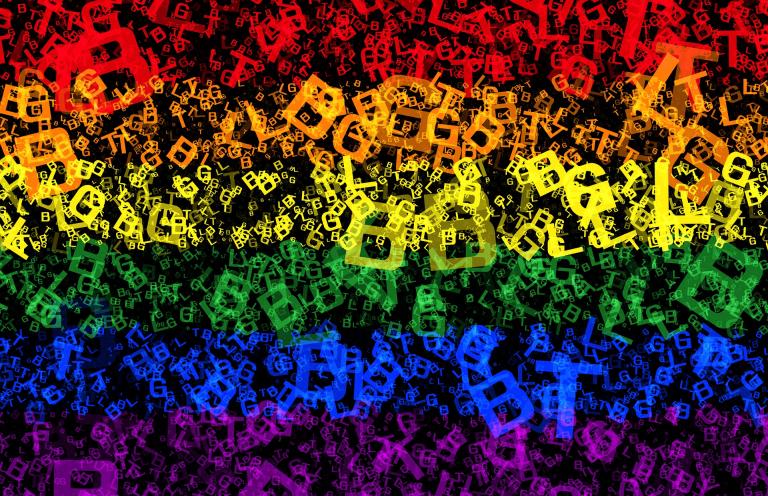
On June 1, 2009, President Barack Obama declared June 2009 Lesbian, Gay, Bisexual and Transgender pride Month. He cited the Stonewall riots as a reason to “commit to achieving equal justice under law for LGBT Americans”. That year marked the 40th anniversary of the riots. On June 23, 2015, the New York City Landmarks Preservation Commission unanimously approved the Stonewall Inn as a city landmark, making it the first landmark honored for its role in the fight for gay rights. On June 24, 2016, President Obama announced the establishment of the Stonewall National Monument. It’s a 7.7 acre site administered by the National Park Service.
On June 28, 1969, I was still in the U.S. Air Force on active duty. I wasn’t out as a transwoman back then, and I cried when I heard of what had happened that night. Almost 50 years later as I write this today, I still get teary eyed when I think of how people like me went through so much pain along with our sisters and brothers in the greater LGBT community back then. Is everything better than it was? Yes it is. But we still have a long way to go to totally achieve a day and time when we are all treated with the dignity and love of all the people in our society. But we will move forward. With every PRIDE rally and every PRIDE month that we observe and participate in.
Remember Stonewall & HAPPY PRIDE MONTH!!!
Until next time…in the future!


